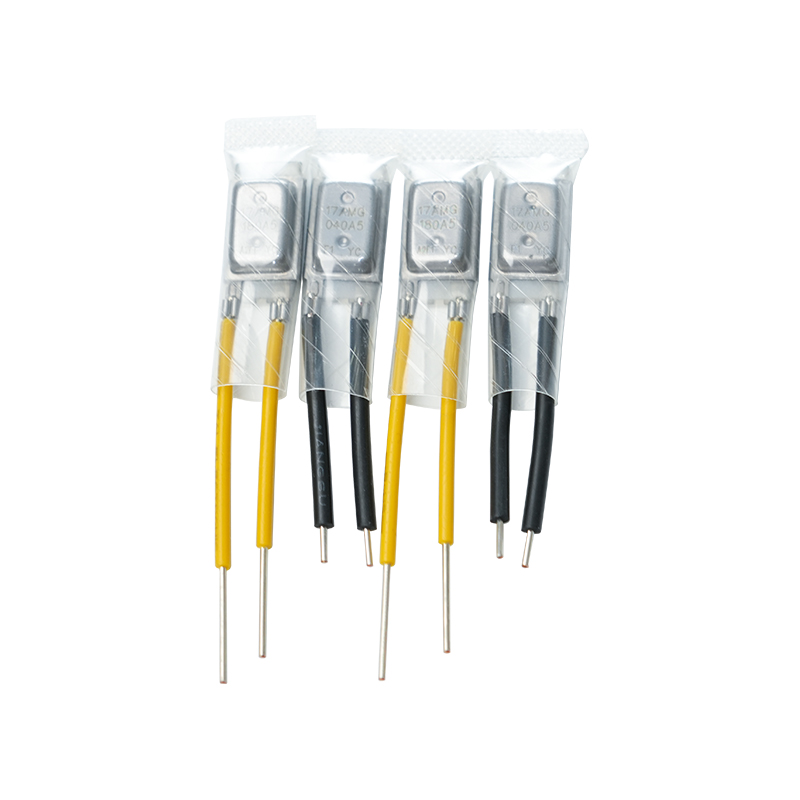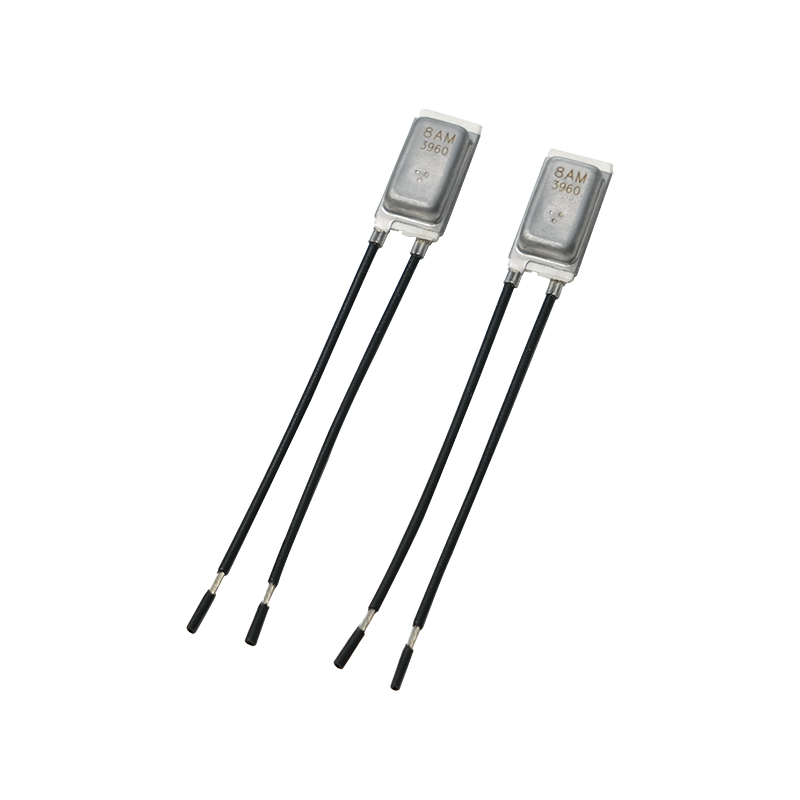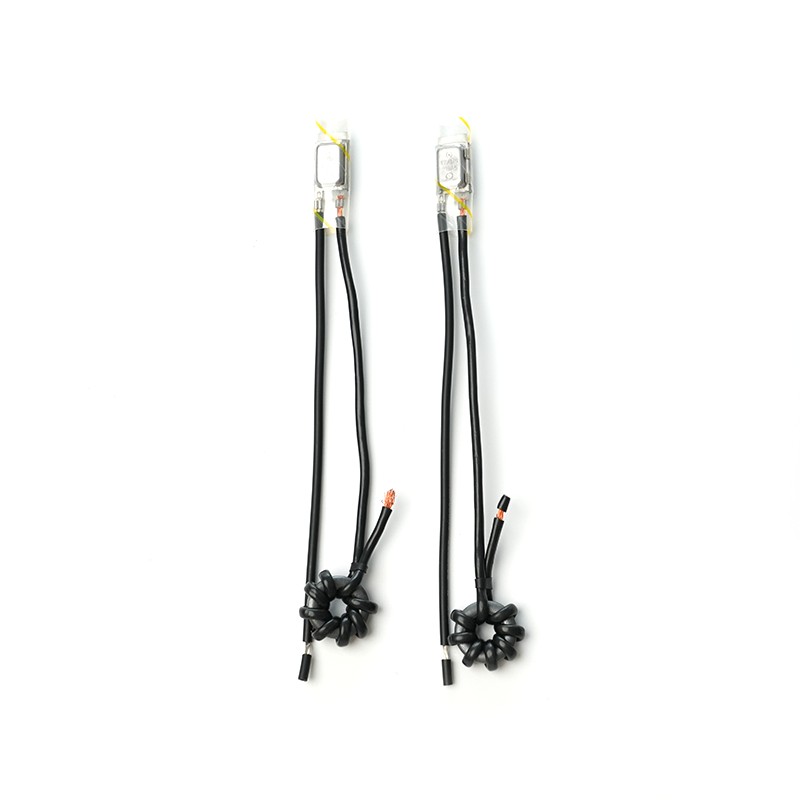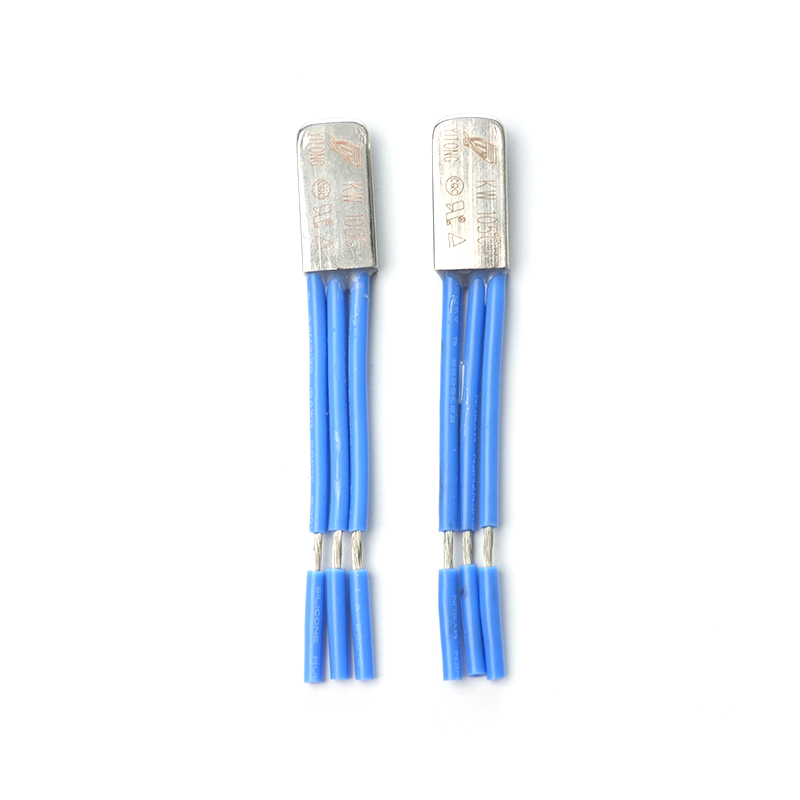What Are the Common Signs of a Failing AC Thermal Protector?

Air conditioning (AC) systems play a vital role in maintaining indoor comfort, particularly in regions where high temperatures are common. Among the many safety and protective components built into modern AC units, the AC thermal protector serves as a critical safeguard. Its primary function is to prevent overheating of the compressor, fan motors, or other electrical components by interrupting the circuit when abnormal heat is detected. If this small but essential device fails, the consequences can range from reduced cooling efficiency to serious equipment damage.
This article explores the common signs of a failing AC thermal protector, the underlying causes, and the potential consequences of ignoring the warning indicators. It also provides maintenance insights and replacement considerations for homeowners, technicians, and facility managers.
Understanding the Role of an AC Thermal Protector
Before identifying the signs of failure, it is important to understand the role of the thermal protector in an AC system.
- Overheating Prevention: Compressors and motors naturally generate heat during operation. Excessive heat caused by high workload, poor ventilation, or electrical problems can cause insulation breakdown, wire damage, or permanent motor failure. The thermal protector prevents this by shutting down the component until it cools.
- Automatic or Manual Reset: Some thermal protectors reset automatically once the system temperature returns to safe levels, while others require manual reset or replacement.
- Safety Mechanism: By acting as a protective switch, the thermal protector prevents not only equipment damage but also electrical fire risks.
When functioning properly, this device works silently in the background. But when it starts to fail, the entire AC system may suffer.
Common Signs of a Failing AC Thermal Protector
A failing thermal protector typically reveals itself through operational irregularities, noises, or even complete system shutdowns. Below are the most common signs to watch out for:
1. Frequent System Shutdowns
If an AC unit turns off unexpectedly and repeatedly during normal operation, it could be a signal that the thermal protector is malfunctioning. While thermal protectors are designed to trip when overheating occurs, a faulty unit may shut down the compressor or motor prematurely—even when temperatures are within safe ranges.
Example: A homeowner notices that their AC shuts off every 15–20 minutes despite mild outdoor conditions. Upon inspection, the issue turns out to be a faulty protector falsely detecting overheating.
2. Failure to Restart After Cooling
Normally, after the system cools down, the thermal protector allows the motor or compressor to restart. However, if the protector is defective, it may remain “open” and block power flow. As a result, the AC will not turn back on, leaving the home without cooling until the part is reset or replaced.
This is a classic sign that the protector’s reset function has deteriorated.
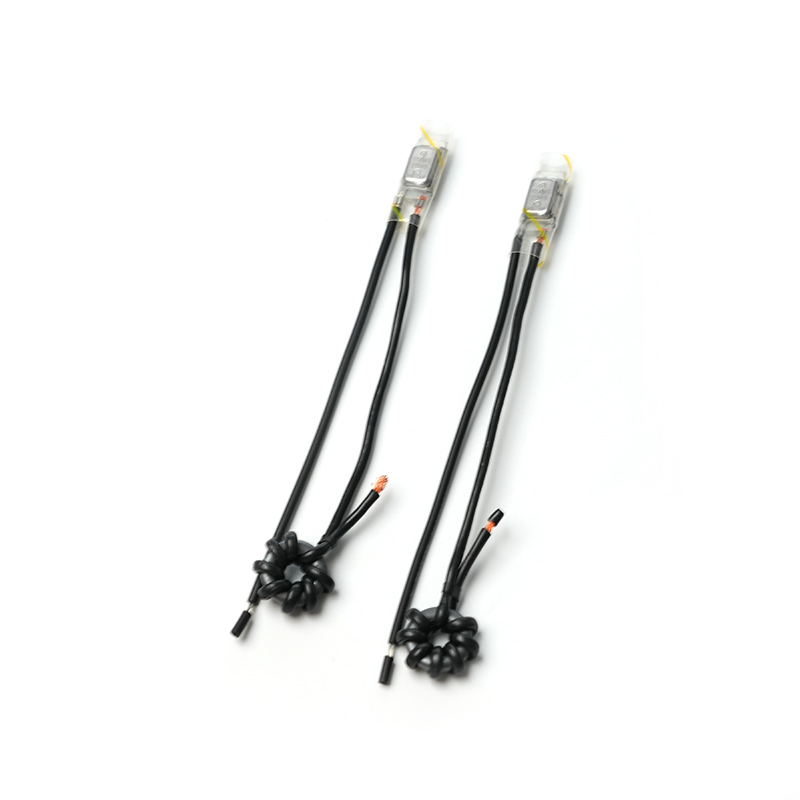
3. Unusual Clicking or Buzzing Sounds
Some failing protectors produce clicking, popping, or buzzing sounds as they repeatedly attempt to engage or disengage the circuit. These sounds often occur near the compressor or motor housing. While unusual noises in an AC system can stem from various sources, repeated clicking coupled with shutdowns is often linked to protector failure.
4. Overheating of the Compressor or Motor
Ironically, when a thermal protector itself fails, it may stop responding to rising heat. In this case, the motor or compressor may continue running even when overheating occurs, leading to:
- Excessively hot compressor casing
- Burning smell near the AC unit
- Potential tripping of the circuit breaker
This is one of the most dangerous scenarios because the very function of the protector—to prevent overheating—is compromised.
5. Burning Smell or Smoke
A clear warning sign is the presence of a burning odor coming from the AC unit. A defective protector may allow the motor to overheat excessively, causing wire insulation to burn. In extreme cases, smoke may be visible. If these symptoms occur, the system should be shut off immediately and inspected by a qualified technician.
6. Reduced Cooling Performance
When the thermal protector frequently interrupts power or prevents the compressor from restarting, the AC will not be able to maintain consistent cooling. This manifests as:
- Warm air blowing from vents
- Longer cooling cycles
- Inconsistent indoor temperature
Although reduced cooling efficiency can arise from other issues such as refrigerant leaks or dirty coils, a faulty protector is a possible culprit if accompanied by frequent shutdowns.
7. Electrical Breaker Tripping
If the thermal protector fails in a way that allows excessive current draw, it may trigger the home’s circuit breaker. This occurs because the compressor or motor overheats and pulls more current than normal, eventually overloading the circuit. Repeated breaker trips should not be ignored, as they often signal electrical or protective component failure.
8. Visible Damage on the Protector
In some cases, upon inspection, the thermal protector may show scorch marks, discoloration, cracks, or melted areas. Such visible damage is a strong indication of malfunction and requires immediate replacement.
Causes of AC Thermal Protector Failure
Understanding why a protector fails is crucial for effective maintenance and prevention. Common causes include:
- Age and Wear: Over time, repeated heating and cooling cycles degrade the protector’s sensitivity.
- Electrical Surges: Voltage spikes may damage the internal switch mechanism.
- Improper Sizing: A protector not matched to the compressor’s specifications may trip too often or fail to trip when necessary.
- Environmental Conditions: Excessive dust, moisture, or high ambient temperature can accelerate failure.
- Underlying Equipment Problems: Sometimes, the protector is not the root cause. For example, dirty coils, low refrigerant, or blocked airflow may cause overheating, leading the protector to fail prematurely.
Consequences of Ignoring a Failing Thermal Protector
Failing to address the issue can have serious repercussions:
- Permanent Compressor Damage: The compressor is the heart of the AC system and one of the most expensive components to replace. Without protection, overheating can destroy it.
- Reduced Energy Efficiency: Frequent shutdowns and restarts strain the system and raise energy bills.
- Safety Hazards: Overheated wiring can cause fire risks.
- Unexpected System Downtime: Ignoring small signs may lead to complete AC failure during peak summer months, causing major discomfort.
Maintenance and Troubleshooting Tips
1. Routine Inspections
Technicians should regularly check thermal protectors during scheduled AC maintenance. Simple tests with a multimeter can verify whether the protector is functioning correctly.
2. Check Related Components
If the protector trips often, the underlying cause may be dirty filters, clogged condenser coils, or refrigerant issues. These must be fixed to prevent recurring failure.
3. Use Genuine Replacement Parts
When replacing a thermal protector, always use parts recommended by the manufacturer. Incompatible or low-quality substitutes may not provide adequate protection.
4. Environmental Care
Ensure proper ventilation around the outdoor unit, protect the system from direct exposure to moisture, and clean dust buildup to prolong the protector’s life.
Replacement Considerations
When a thermal protector fails, replacement is often the only reliable solution. Some key considerations include:
- Compatibility: Match the voltage, current, and thermal rating to the original specification.
- Type of Reset: Choose between automatic or manual reset models depending on application needs.
- Professional Installation: Since thermal protectors are wired directly into sensitive electrical circuits, replacement should be performed by a qualified HVAC technician.
Conclusion
The AC thermal protector is a small but indispensable component that ensures the safe and efficient operation of air conditioning systems. Recognizing the common signs of failure—such as frequent shutdowns, inability to restart, unusual noises, overheating, burning smells, reduced cooling, breaker trips, or visible damage—can help homeowners and technicians take timely action.
Ignoring these symptoms can lead to severe consequences, including costly compressor damage, energy inefficiency, and even fire hazards. Through routine inspections, preventive maintenance, and the use of proper replacement parts, the reliability and safety of the AC system can be maintained.
In essence, while the thermal protector may be just one part among many, its role in safeguarding the heart of the AC system makes it a crucial line of defense. By staying alert to the warning signs of failure, one can avoid major breakdowns and ensure long-lasting comfort during hot seasons.
 English
English